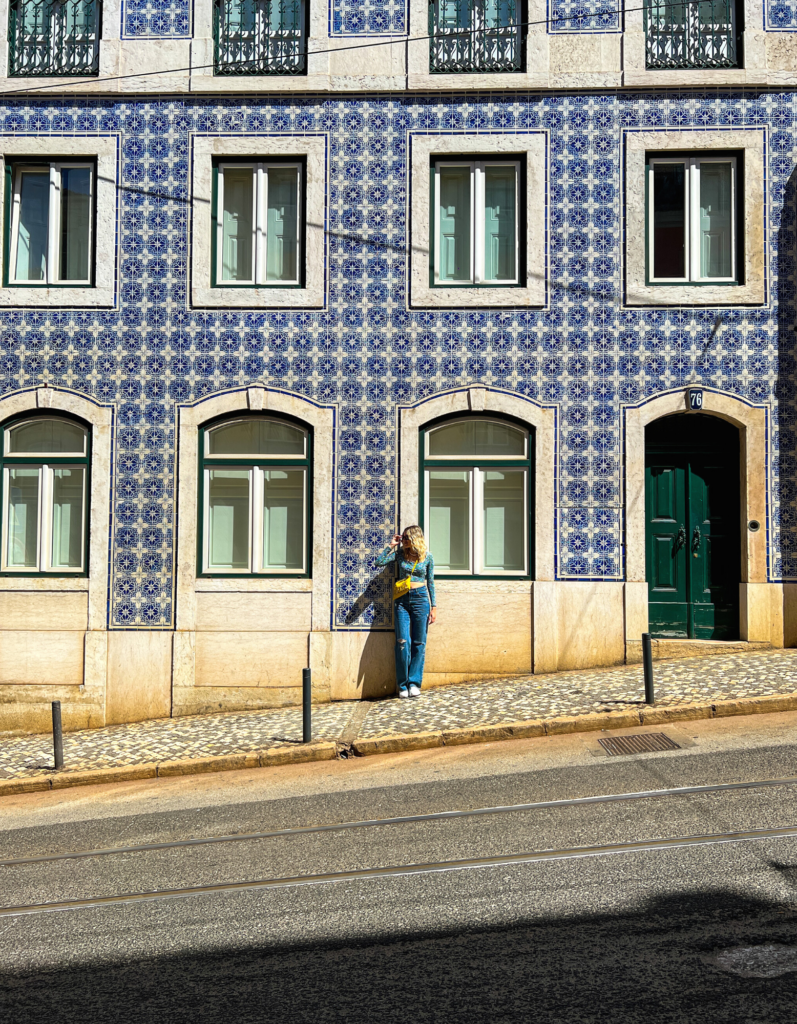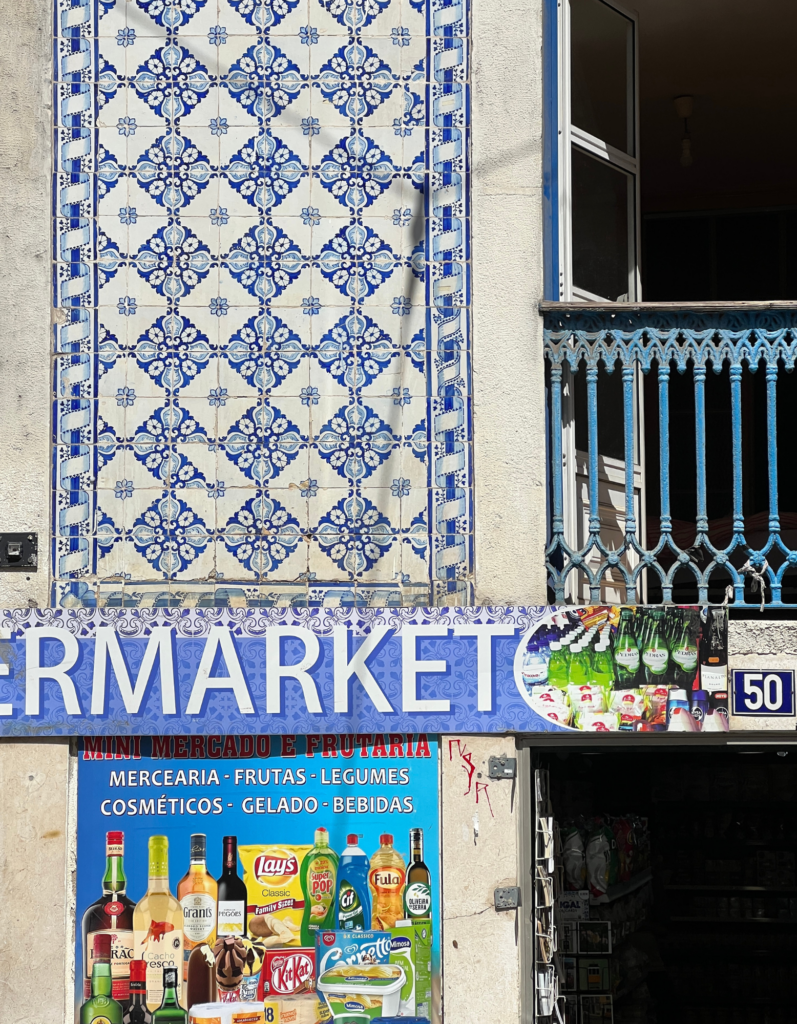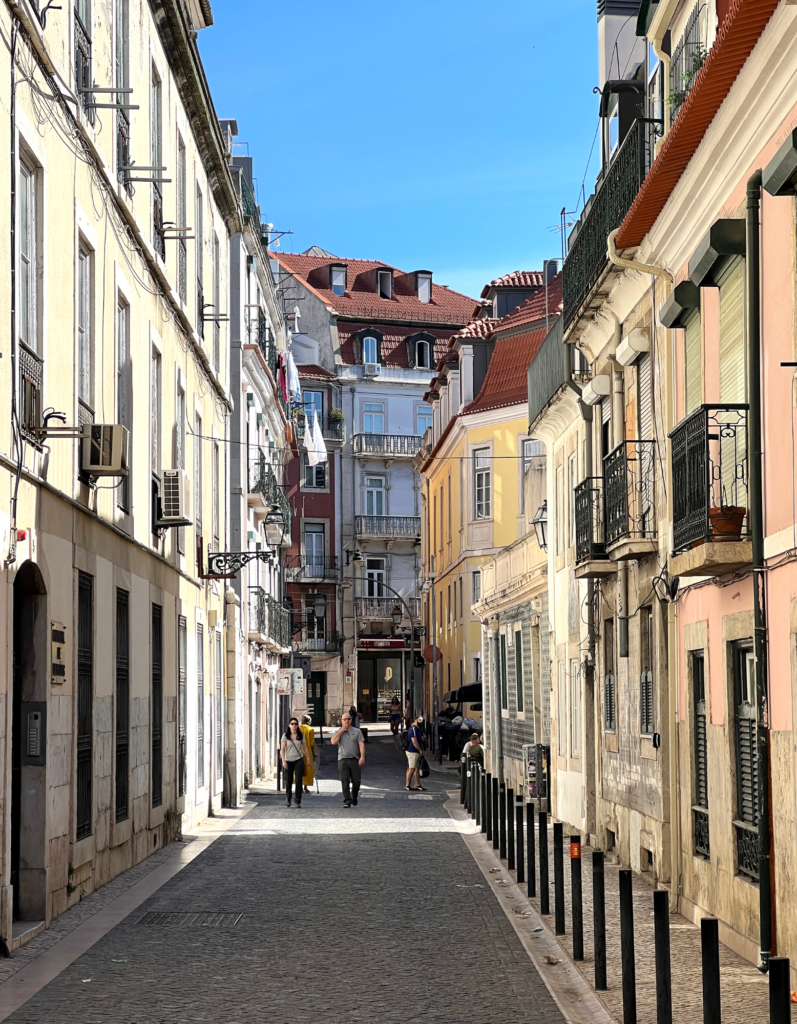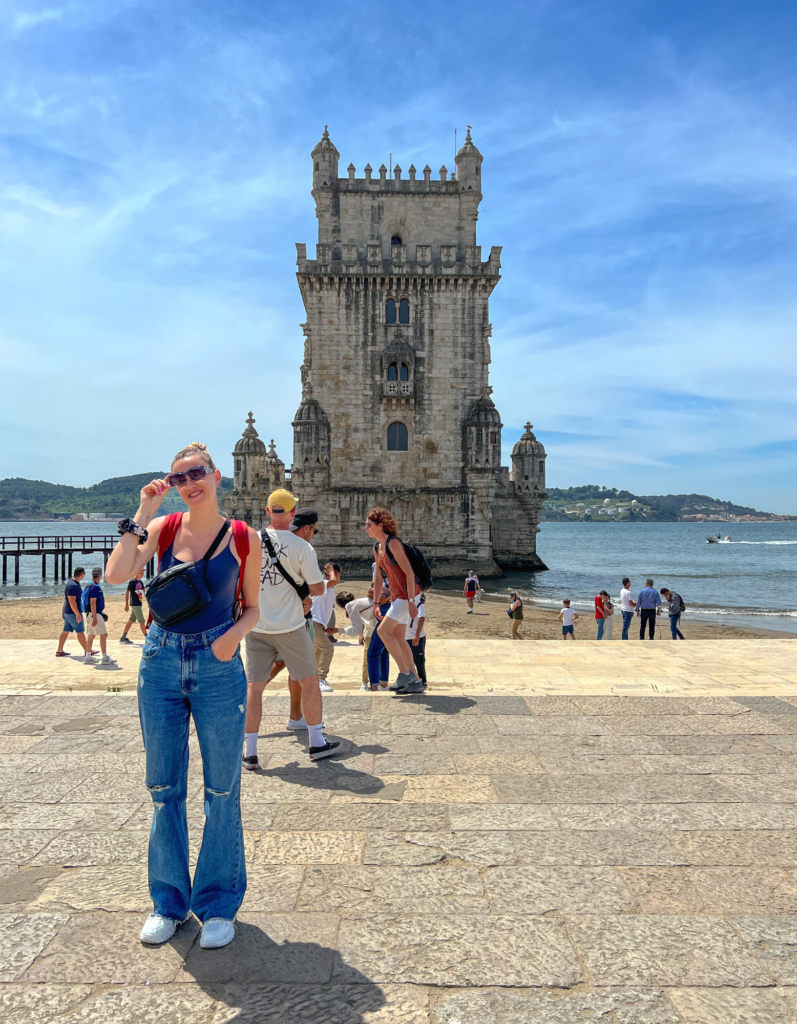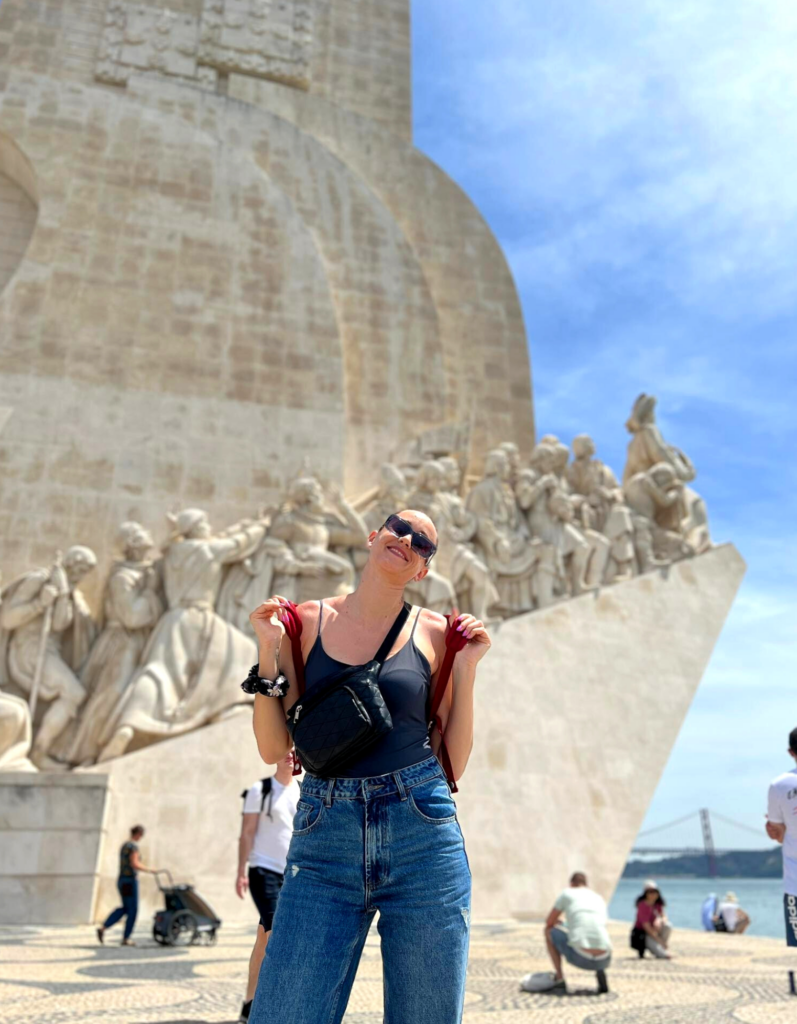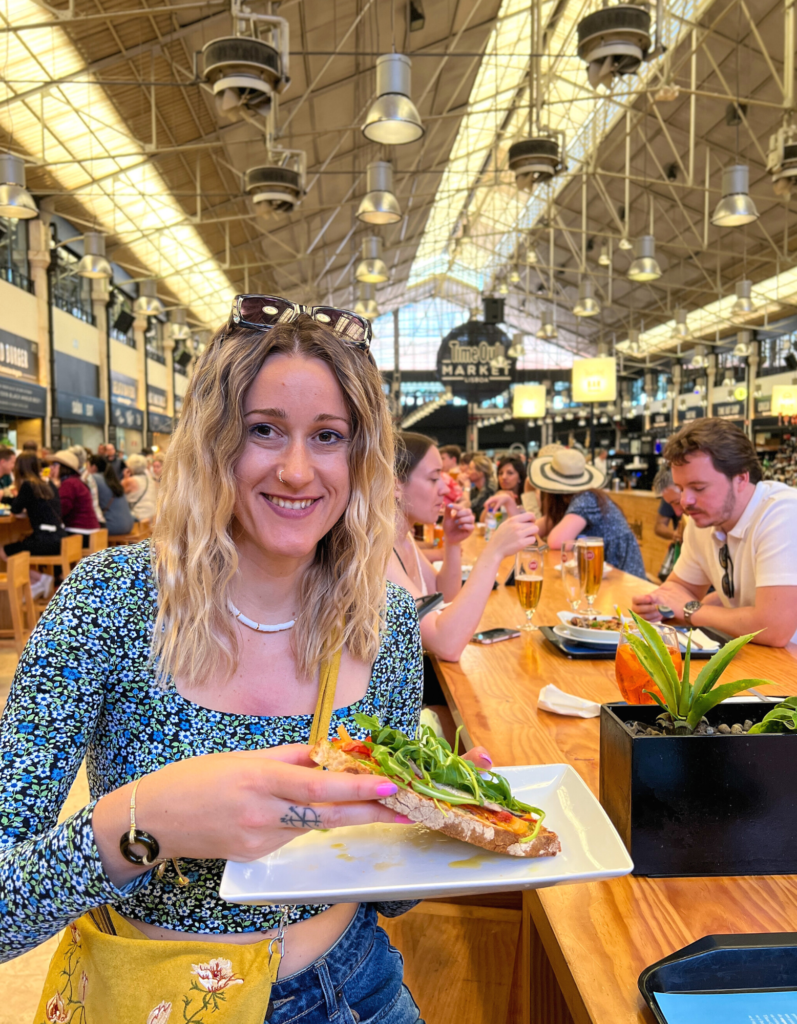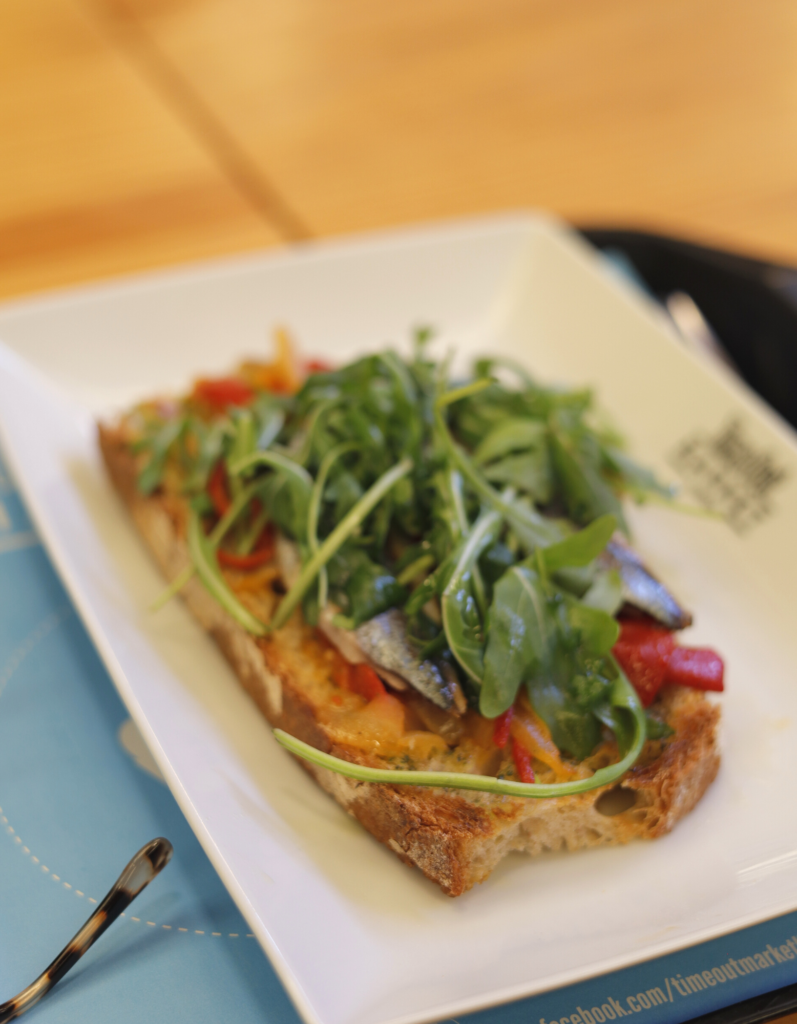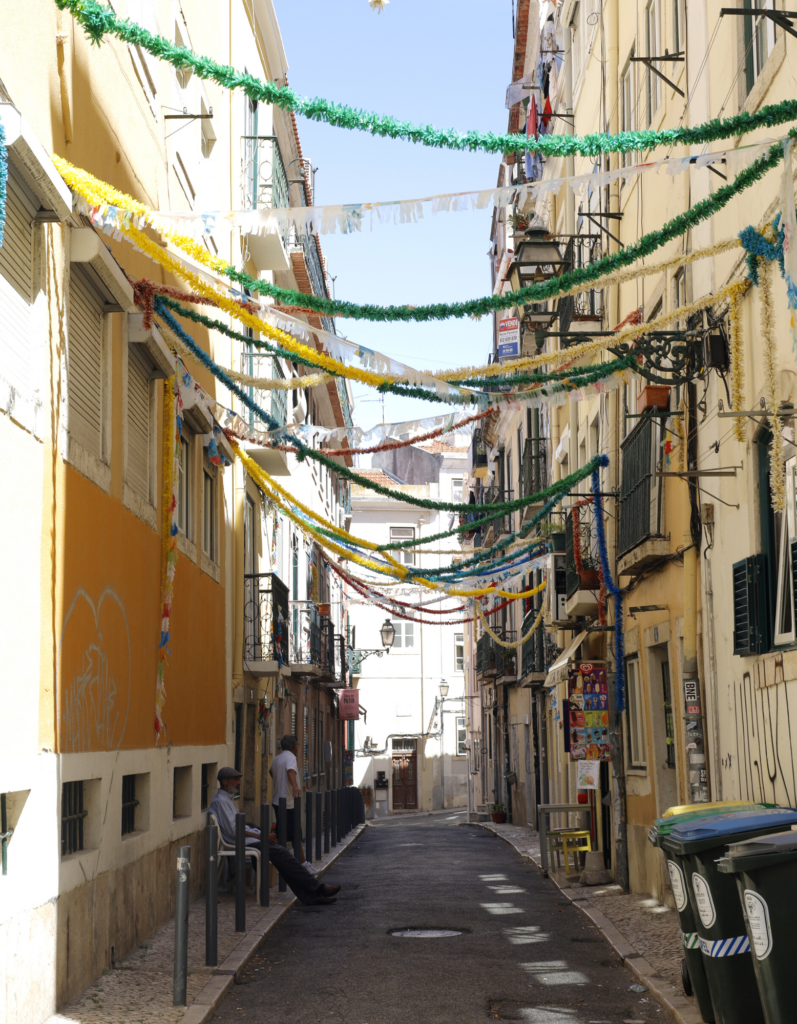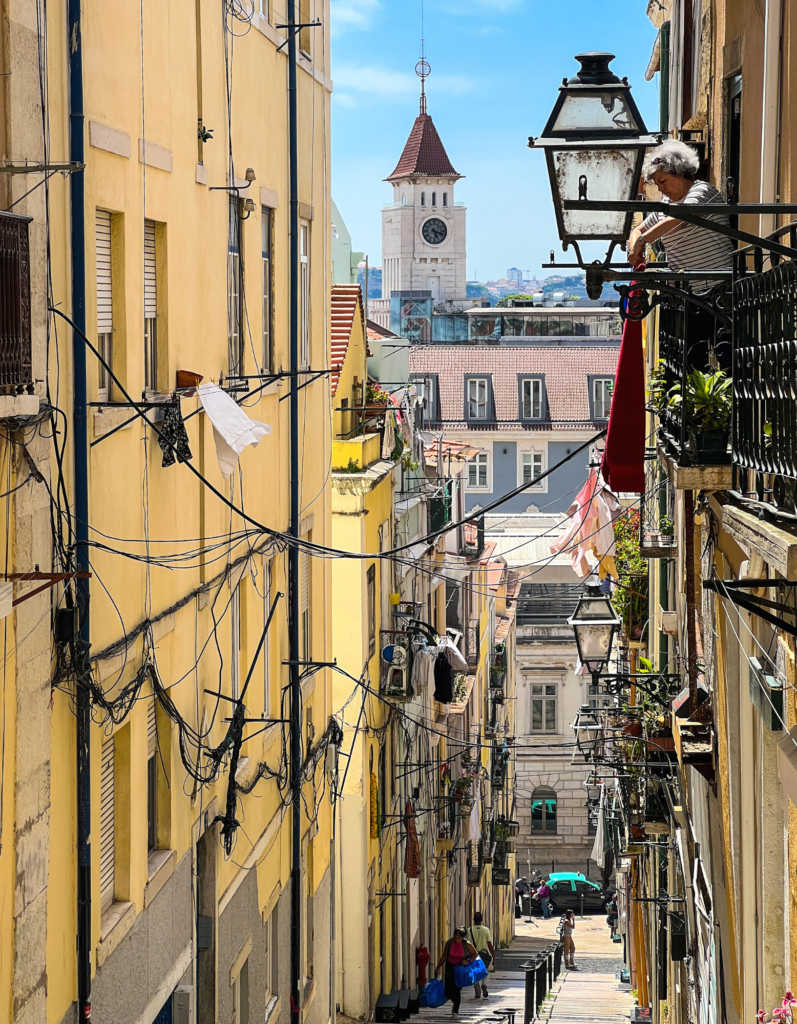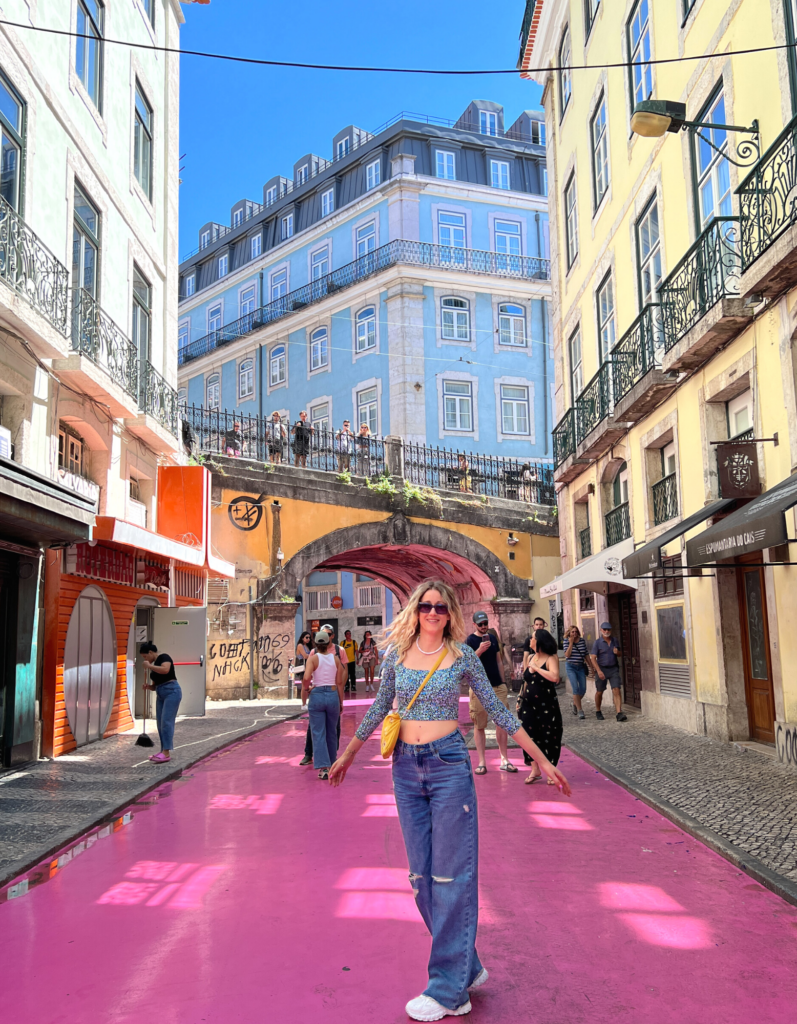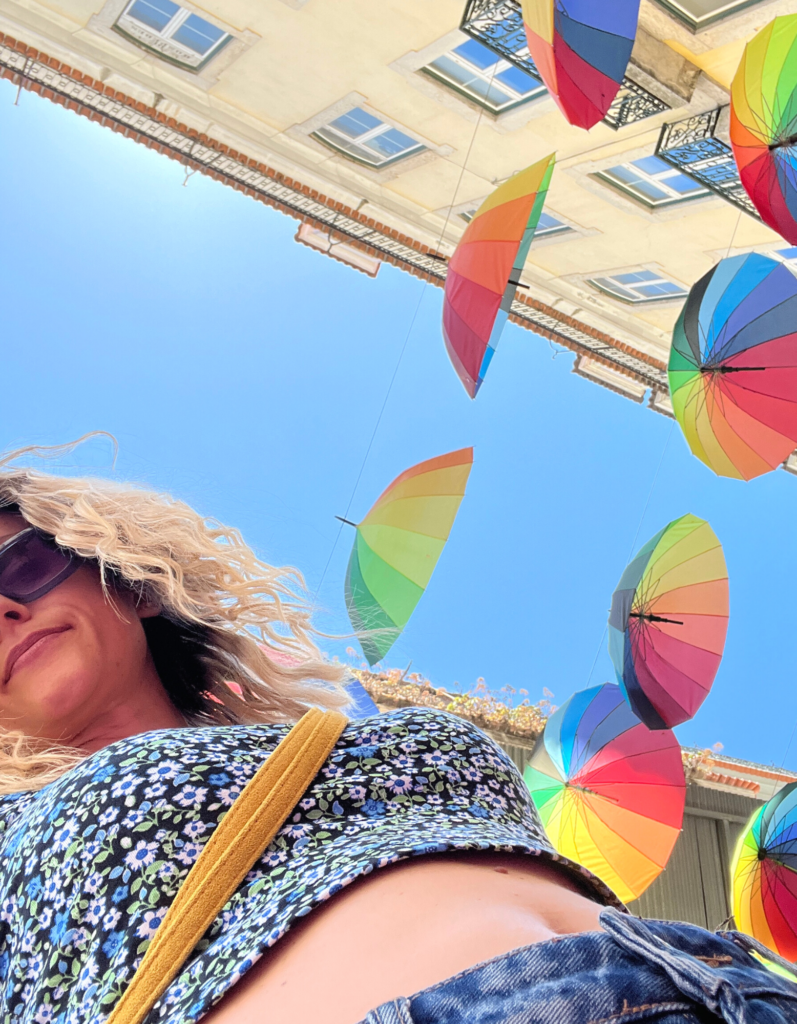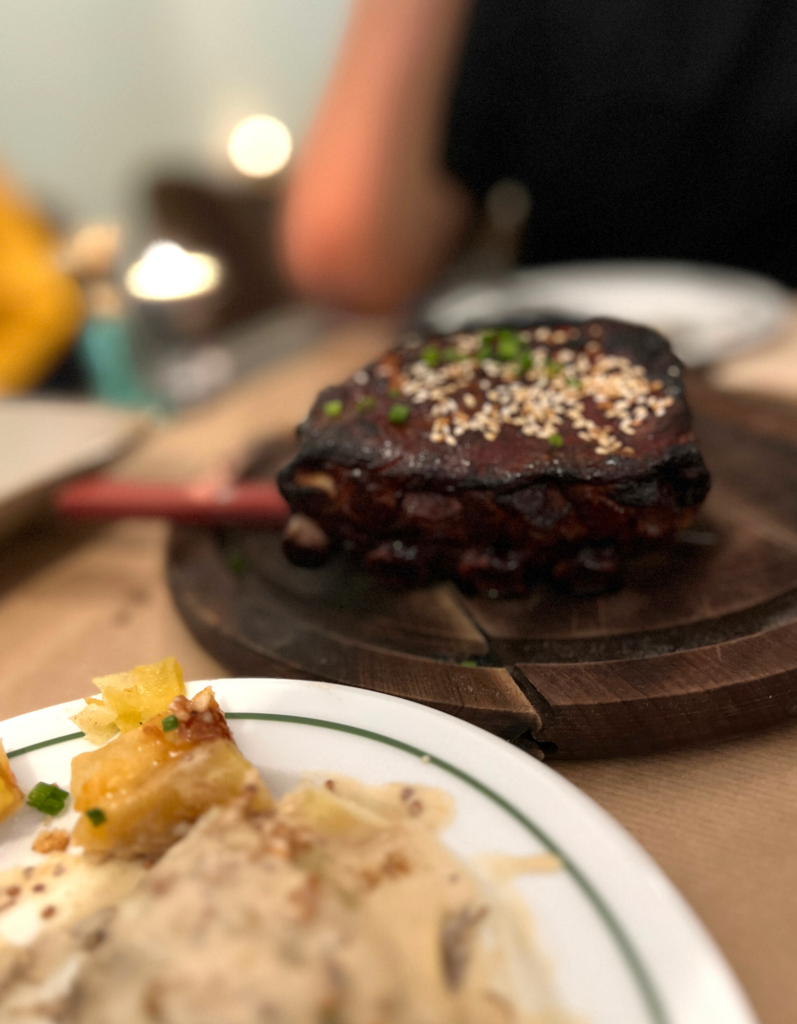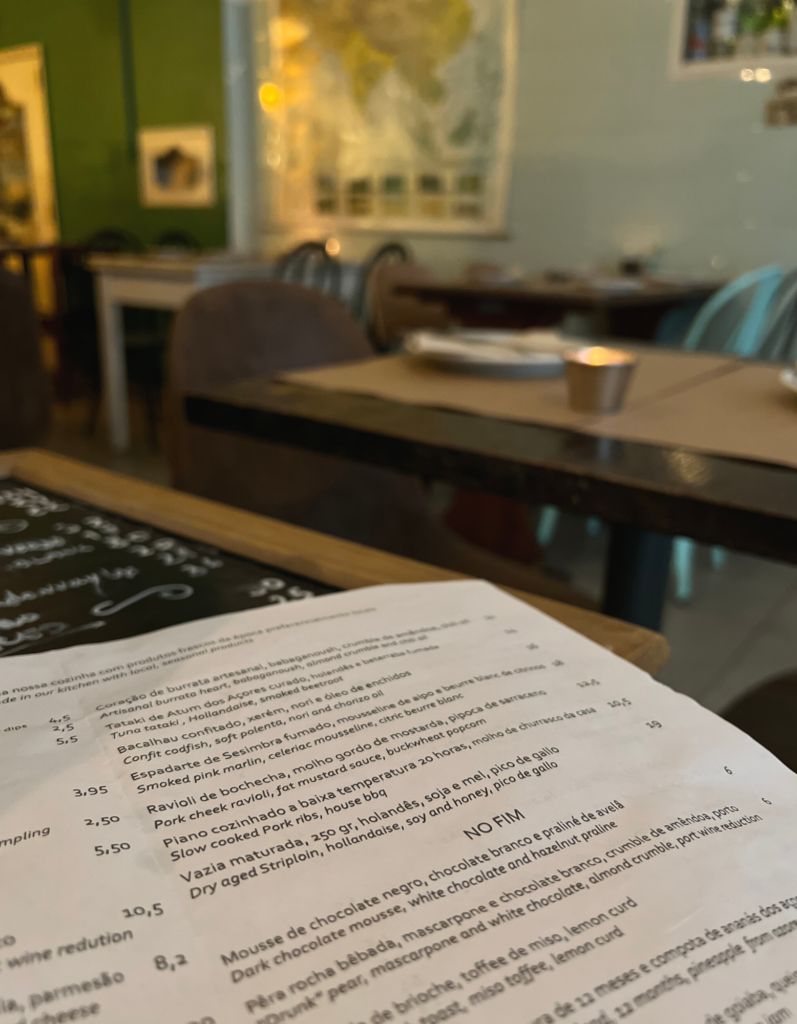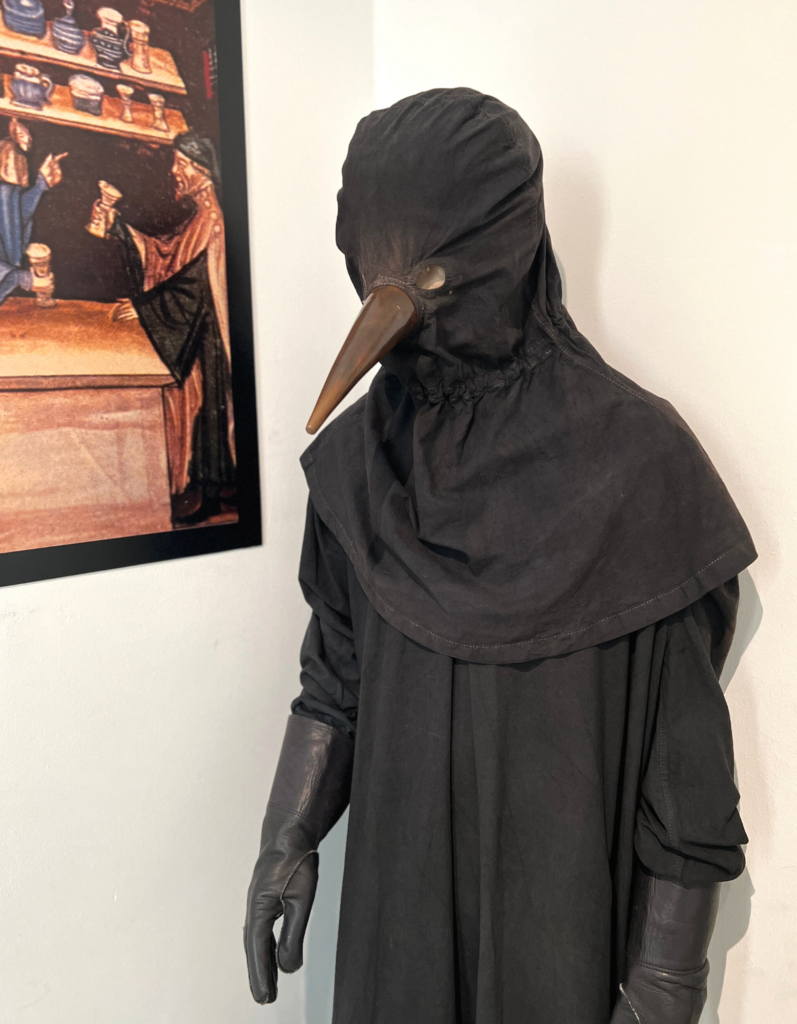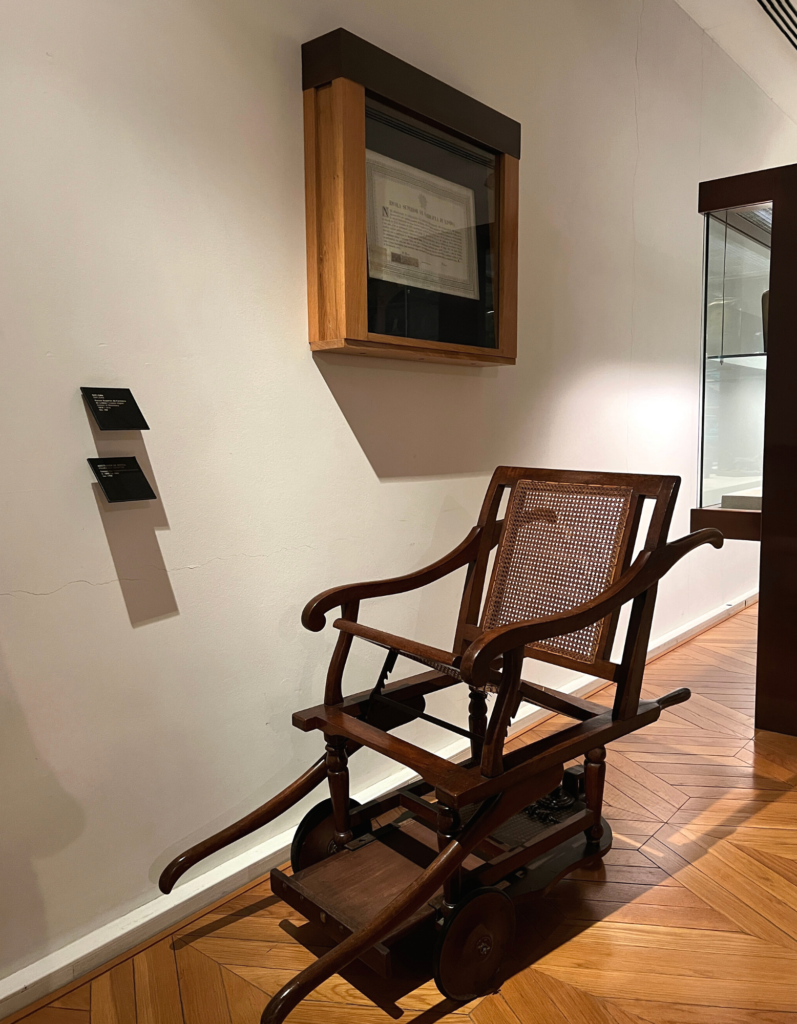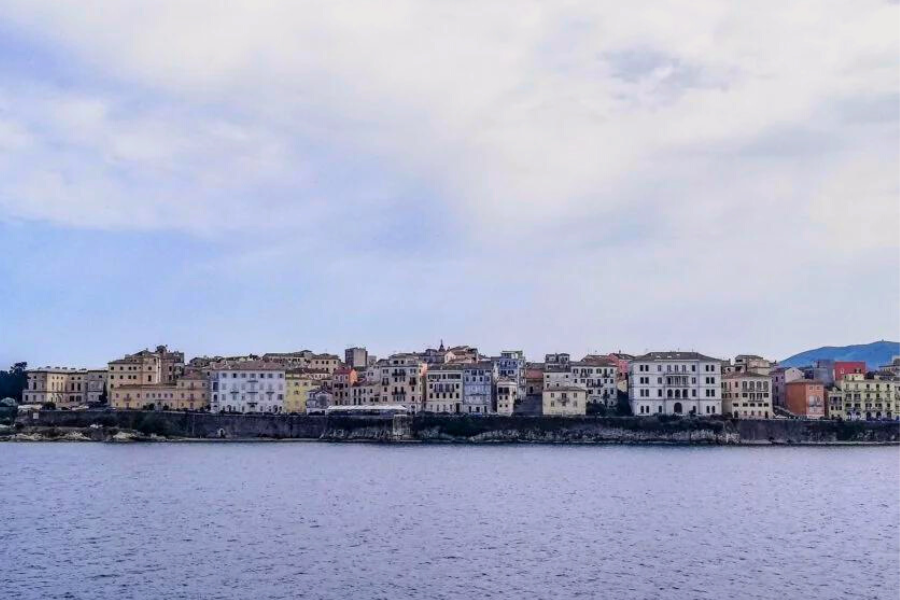Are not enough. And that’s how the article could end, but to avoid exaggeration, OK, three days can do the work if you want to get a FIRST TASTE of this magical country. A country full of color, elaborate designs on the buildings, “balconies” with breathtaking views, warm people, history full of exploration and food that leaves no one unmoved.
After the first acquaintance I made with this country in April 2017 in the highly romantic Porto, I recently spent three days in the colorful capital Lisbon, confirming my initial feelings about this country. You fall in love with Portugal from the first minute and spend the rest of your life waiting to visit it again and again!

👉 Before you continue, read my article about Porto, my favorite city in all of Europe
About Lisbon
Lisbon is the capital of Portugal, it is located at the mouth of the Tagus River, is the westernmost of all European capitals and like Rome, is “built on seven hills”. It is characterized by cobbled streets and hilly neighborhoods crisscrossed by a network of characteristic trams that have been in operation since the early 20th century. If I have one piece of advice to give you for this trip, is WEAR COMFORTABLE SNEAKERS and put aside sandals and heels. Uphills are no joke.
Lisbon is very much a city of “balconies” and views, “miradouros” as you will find them. It has one of the most beautiful natural harbors in Europe and an abundance of fresh seafood that rivals any port city in the world. Its vibrant life as well as its pleasant climate make Lisbon an ideal destination at any time of the year and the truth is that in recent years it has turned – and not without reason – into one of the most famous “good life and food” destinations.
When to visit
zegrees and you can still find relatively “cheap accommodation” in a nice neighborhood, because if I’ve noticed anything about Portugal it’s that while it’s a relatively cheap country, the accommodation part you’ll pay WELL.
Getting to Lisbon
Arriving at the airport, the options to get to the city center are as follows:
Aerobús: Departs every 20 minutes between 7:30 a.m. and 11 p.m. This bus offers a direct connection from the airport to the center of Lisbon and you can find more information by clicking here.
Metro: Fast and cheap. The recent extension of the Lisbon metro connects the airport to the heart of Lisbon. The single ticket costs €1.50
Where we stayed
The truth is that we found the accommodation in Lisbon quite tight, and in neighborhoods that are considered central but not only. Since we wanted to stay in a lively part of the city, we chose Bairro Alto and the very decent hostel Hostel Inn Bairro Alto (price for a double room with shared bathroom 100 euros per night). Our neighborhood, although quite touristy, provided us with many options for food and if you are into nightlife then this is the place for you!

Other options: Baixa or Rossio if you want to be close to the city’s points of interest, charming Alfama for history, Príncipe Real for cool shops or Graça and São Vicente which together with Alfama will generously give you the most incredible views
Let’s explore Lisbon
Before we do that of course, let’s have a good breakfast at the very famous and obviously very touristy (but what is NOT in Lisbon) Breakfast Lovers Misericórdia, located in the Bairro Alto neighborhood. Very tasty options, great service and beautiful space.
Quite some history in the west of the city
Let’s start with the west side of the city, where you can see the triptych, Tower of Belém, Monument of Explorations and Monastery of the Hieronymites and thus spend an interesting first day full of history. You can get to the area by taking tram 15E from Praça do Comércio or by taking an uber.
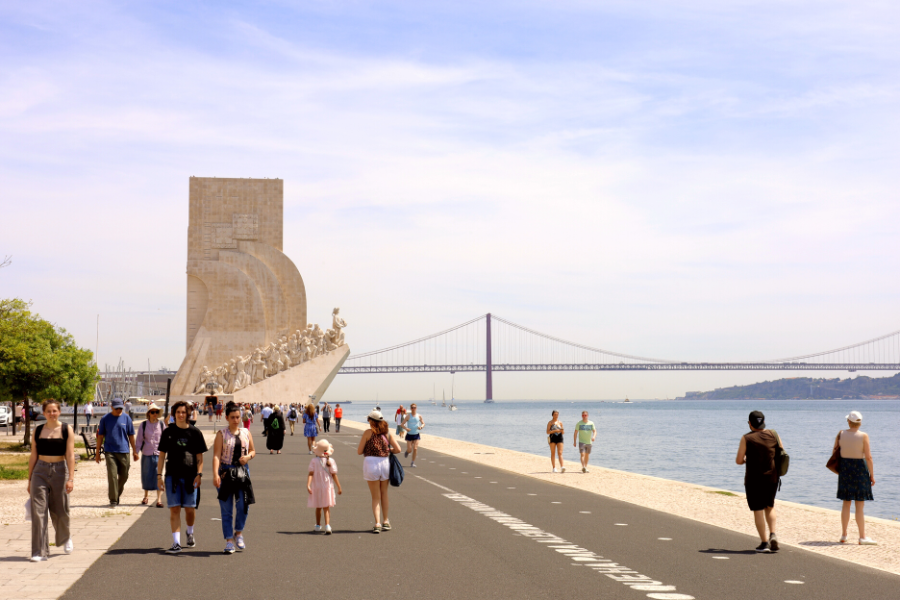
The Belem Tower was built on the banks of the Tagus River in the 16th century. The great explorers sailed from there and over the years there was a prison, a customs office, a telegraph office and even a lighthouse. Be prepared for long lines if you want to get in. The Jerónimos Monastery is located very close to the place where Vasco da Gama started his first journey. Built in the 15th century, one of the most important historical buildings and a UNESCO World Heritage Site. Finally, the Explorations Monument is probably one of the most impressive monuments I have ever seen. There is also a museum inside, but really only from the outside, it takes your breath away!

Belém is also famous for its pastel de nata at Pastéis de Belém, so don’t forget to enjoy one or two in between your sightseeing.
To close the day, eat at Sea Me, where you will eat seafood in its most creative version in an environment reminiscent of the ocean!
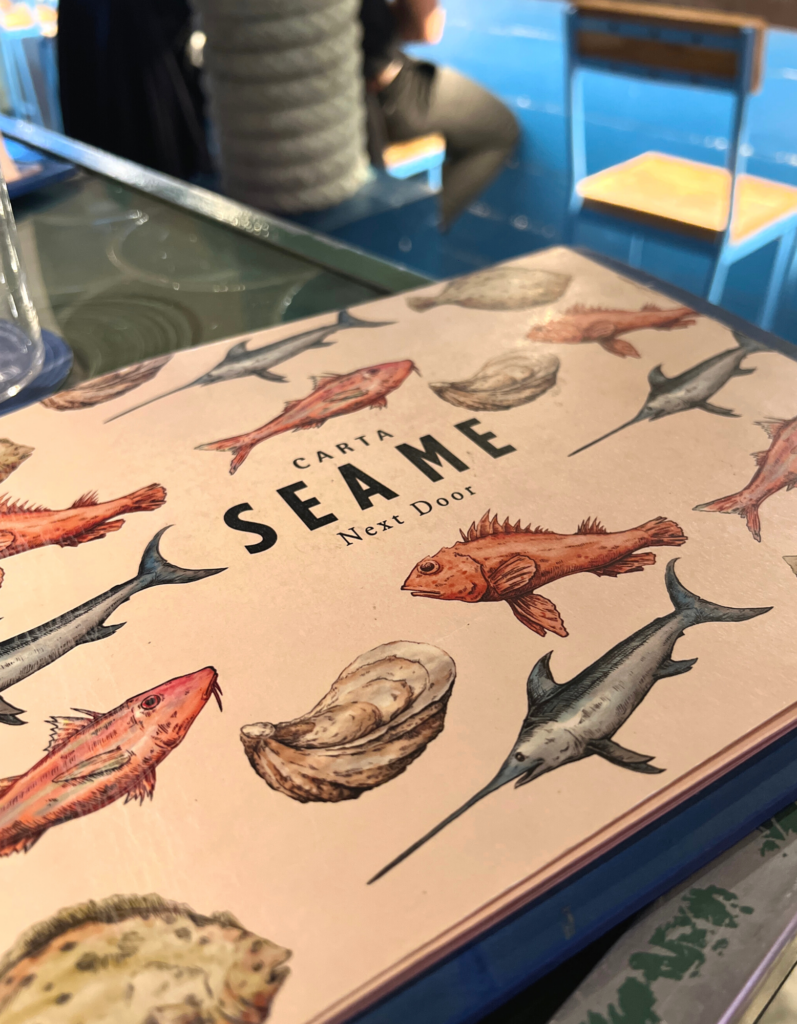
Day Two. Lisbon Neighborhoods
In my opinion, the best way to discover Lisbon is to start from the top down and use a combination of walking, trams, and a bit of uber, especially if you visit in a very hot season.
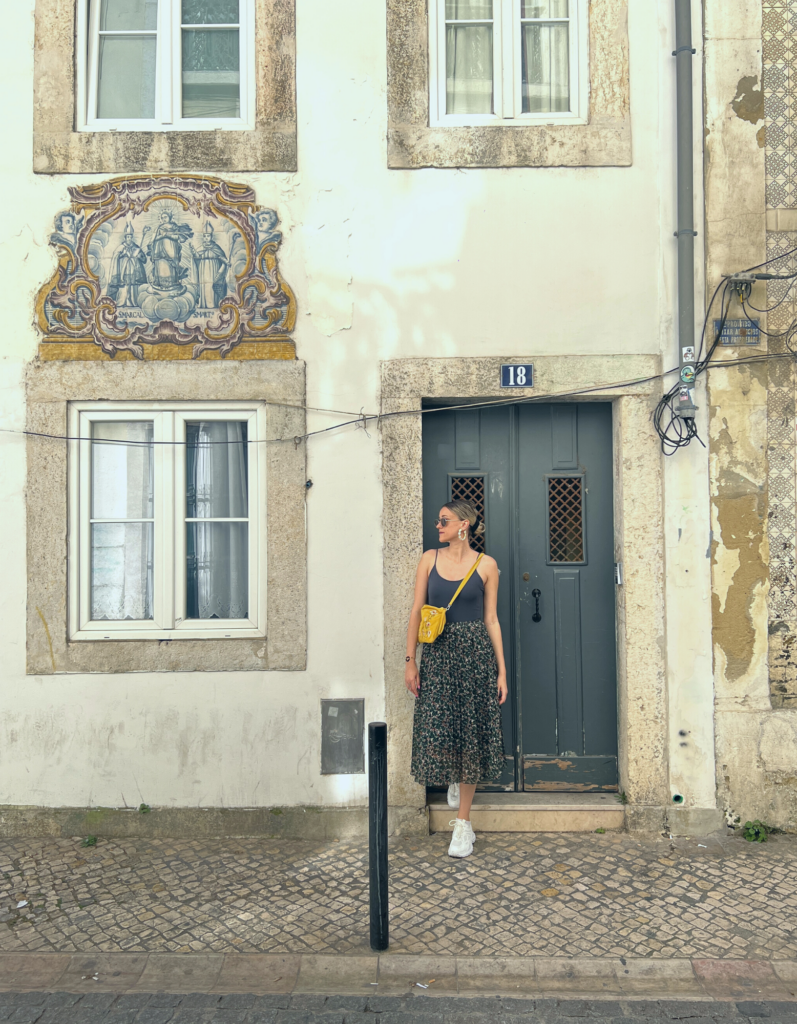
Start your second day at the fantastic and very local food market Mercado de Campo de Ourique which I recommend a thousand times over the very touristy Time Out Market. To get there I suggest you take an uber, as it is quite far from the center and immediately after that head to Castelo de São Jorge.
The Castelo sits atop the hill, with Alfama stretching up the hill from its walls towards the river, and is one of Lisbon’s major attractions.
Right after, make a stop at Miradouro da Graça and before you know it, you’ve arrived in Alfama, Lisbon’s most famous and oldest neighborhood.

Get lost in the narrow streets and listen to its pulse. Don’t forget to take a picture with a wonderful view of the Miradouro de Santa Lucia and also to discover the highly creative shop Garbags, where you can find the funkiest gifts made from recycled packaging. Alfama has a distinct charm and, together with Chiado and Baixa, are considered the most central and lively neighborhoods of the city.
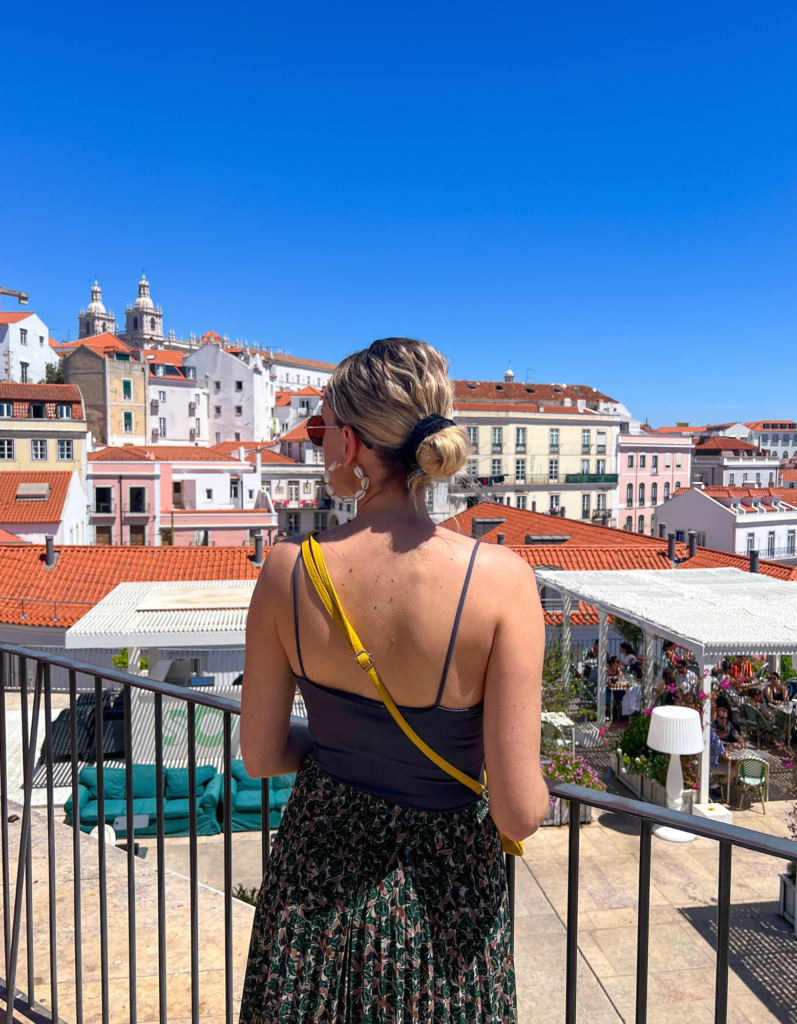
Take the Tram 28 – or not?
You can’t get back from Lisbon without at least one ride on one of the iconic yellow trams but NEWS FLASH, it doesn’t have to be the famous 28. It has endless queues, so if you don’t want to wait up to 20 minutes, a great alternative is the 12 tram, which does about the same route but a little shorter and is almost never crowded. The ticket costs 3 euros for the one way and you can only pay with cash.
Stop for local food at the only shop where we found locals eating, Pastelaria Camoes. It is something between a pastry shop, a cafe and a kitchen where you can choose one of the few dishes of the day. The kitchen is open until three in the afternoon.
Pink Street is one of the city’s and definitely has a photographic interest but only if you come very early in the morning, otherwise you will just face a crowd of people fighting for a shot just like myself!
In the evening you can try Estrella da Bica where we ate beautiful, local flavors always with a creative touch.
Day Three. Some more exploring and museums
Praça do Comércio, better known as Terreiro do Paço, is historically one of the most important squares in Lisbon and a true work of art. It was home to the royal palace for two centuries before it was completely destroyed by the 1755 earthquake (because YES, Lisbon got that too). Walk it, feel all its vibes and don’t forget to admire the impressive Arco de Rua Augusta arch built in 1875 to commemorate the rebirth of Lisbon after the devastating earthquake!
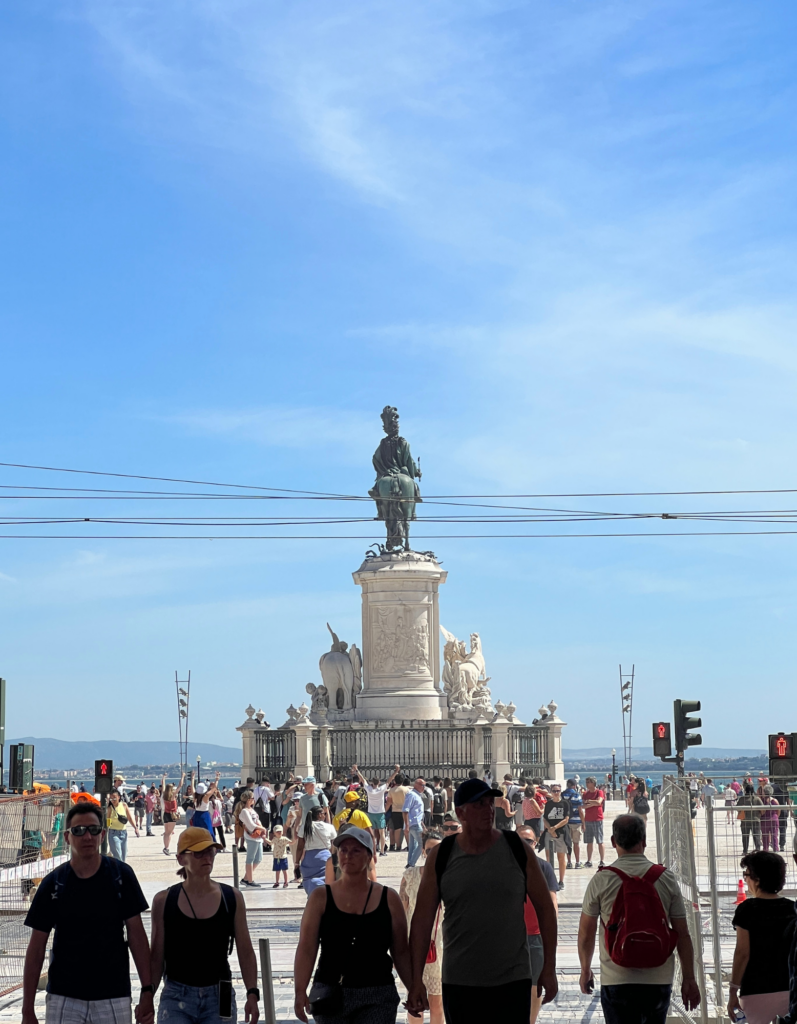
Of course, don’t miss the Bica cable car (there are others, but this one has the best reputation) and is considered one of the most picturesque in Lisbon. The walk takes people up and down the much-photographed Rua da Bica de Duarte Belo, from São Paulo Street to Calçada do Combro and Chiado
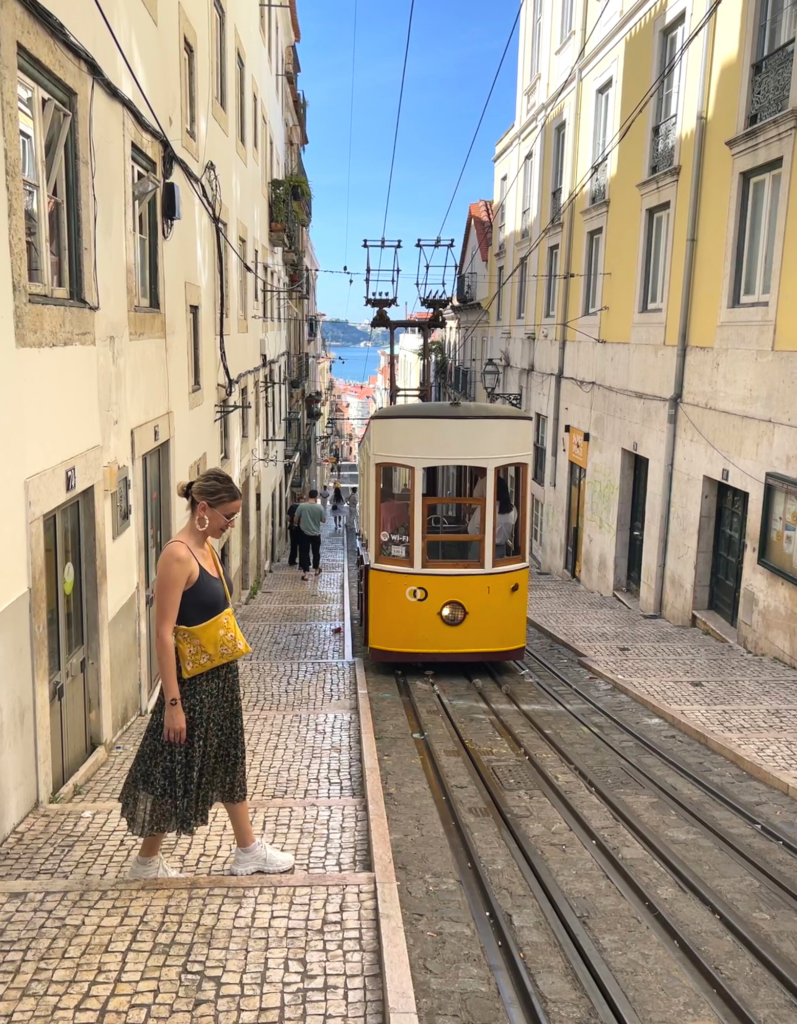
Lisbon has several interesting museums such as the Museu Nacional de Arte Contemporânea do Chiado (Contemporary Art), the Museu Nacional do Azulejo (where you will learn all about their intricate tiles), the Museu do Fado and many more! I accidentally discovered the Museu de Medicina, which takes you on a journey from Ancient Egypt to vaccination and a space shuttle’s portable pharmacy, highlighting global medical development!
Food in Portugal
It could be a reason in itself to visit this country. Oriented towards the ocean, most of the dishes have of course cod but also other seafood and of course we don’t forget the beloved pasteis de nata, which you should eat at regular intervals during your trip.
My suggestions:
Bifana: Sandwich with pork marinated in white wine.
Prego: Another type of sandwich made with steak
Bacalhau a Bras. A hearty comfort food made with cod, potatoes, onions and served mixed into an omelette.
Petiscos. Typical Portuguese dishes in small portions, something like our own mezes.

Have fun!
Evita.



